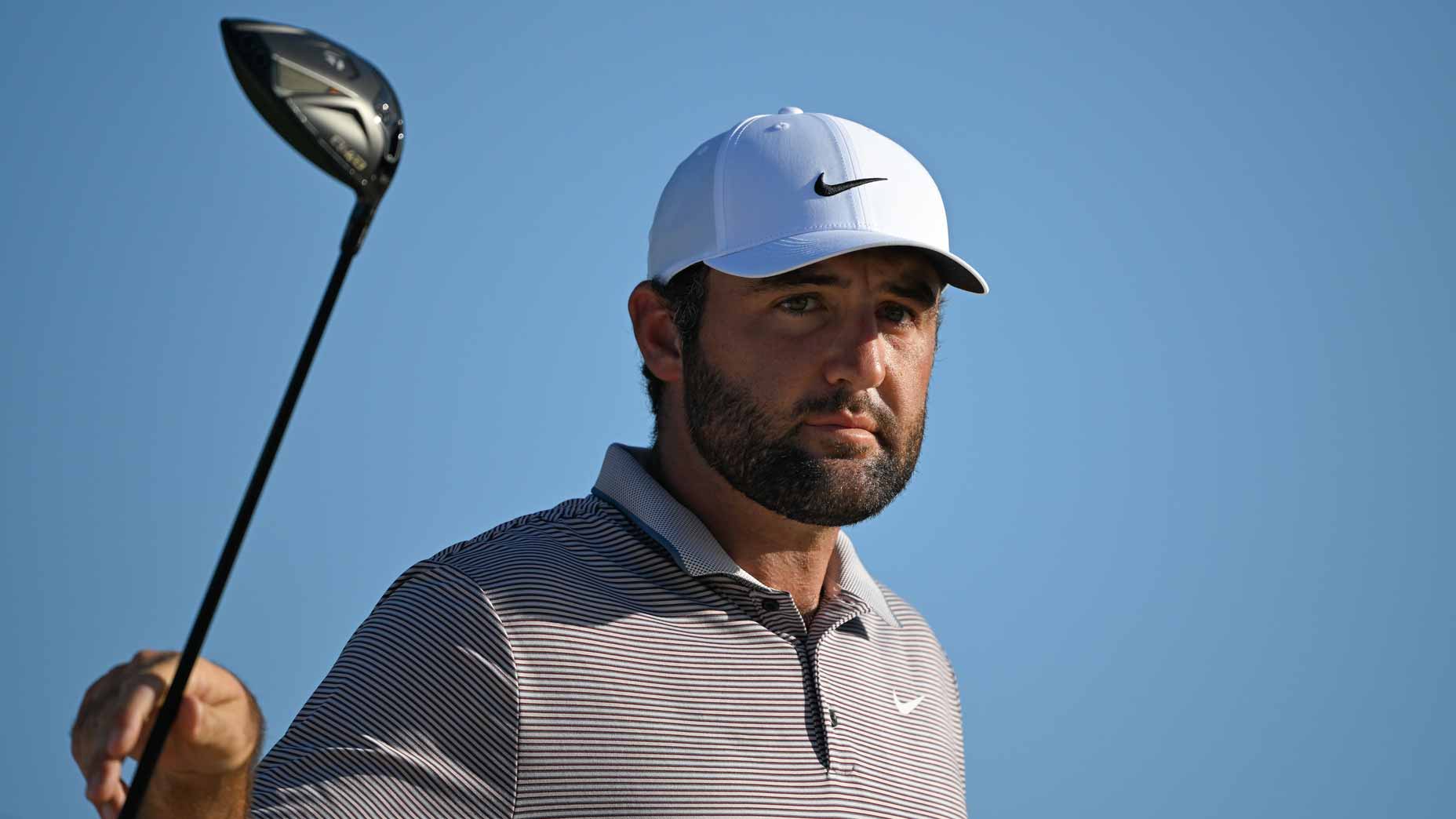 2026 American Express odds: Scottie Scheffler leads favorites in season debut
2026 American Express odds: Scottie Scheffler leads favorites in season debut
‘Fairway Finder’: Mark Immelman reveals JT’s key to long, straight drives in windy conditions
If you found yourself intimidated after witnessing several players at last week’s Sentry Tournament of Champions get blown away (literally) by the wind, Mark Immelman would like a word.
The swing coach and broadcaster has seen players of all handicaps struggle with gusts for years, a weakness he says is an easy fix. In the latest episode of “On the Mark,” his podcast for the PGA Tour, Immelman used Sentry winner Justin Thomas’ wind strategy to outline three easy tips every golfer can use to become a better player in the breeze.
1. When it’s breezy, swing easy!
When you’re playing in wind, it’s easy to try to overcompensate for lost distance by swinging harder, but Immelman says, your strategy should be the opposite.
“Swing easily doesn’t mean swing slowly. It means grip down the club and get a nice balanced stance, just don’t accelerate violently,” Immelman said. “Let your swing be rhythmic. Let your swing be fast in the right places. But easy does it on the takeaway, in the transition and into the followthrough.”
By taking the violence out of your swing, Immelman says you’re more likely to emphasize tempo and accuracy, which should lessen the influence of the wind.
ADVERTISEMENT
2. Grip it down
Immelman’s second piece of advice comes directly from JT’s playbook at the Sentry. Thomas elected to choke down on his driver and tee his balls low to the ground for the majority of the week. When it comes to dealing with gusts of wind, gripping it down can be a major factor in your ball-striking.
“The ball lower down on the tee and on the grip shallows out the angle of attack,” Immelman said. “It gives one a bit more time to really manage the face, so as a result with the balanced swing, this helps JT to find the fairway more often.”
Beyond ball-striking, as you might have guessed, teeing it low and gripping it down also helps keep your ball flight lower, which could help your game in a number of ways.
“The ball flight will come out a little bit flatter, it should have a little more roll,” Immelman said. “With crosswinds, the closer you can keep the ball to the ground, the more likely you are to keep the ball in play.”
3. Keep it inside the goalposts
Immelman’s final tip: don’t overplay your hand.
“If you’re playing in crosswinds, you’ve got to understand that it’s dangerous to aim outside the margins of your target,” he said. “Jack Nicklaus famously once said that he would never see a field goal kicker aim a ball outside of the uprights and I believe that is so appropriate when it comes to playing good golf, especially in the wind.”
Immelman says not to set your line to a bunker or hazard beyond the fairway and hope for wind, but rather the edge of the fairway. If not, you could find yourself in a worse position than if you’d ignored the wind in the first place.
“If you’re aiming a ball outside of the boundary of the target, you’re relying on the elements and the sidespin on the golf ball to move the ball back to the target, and that’s dangerous,” Immelman said. “I saw times when a golfer would aim for the wind and it would die. This stuff happens. I heard guys speaking of being gusted.”
To receive GOLF’s all-new newsletters, subscribe for free here.
ADVERTISEMENT








